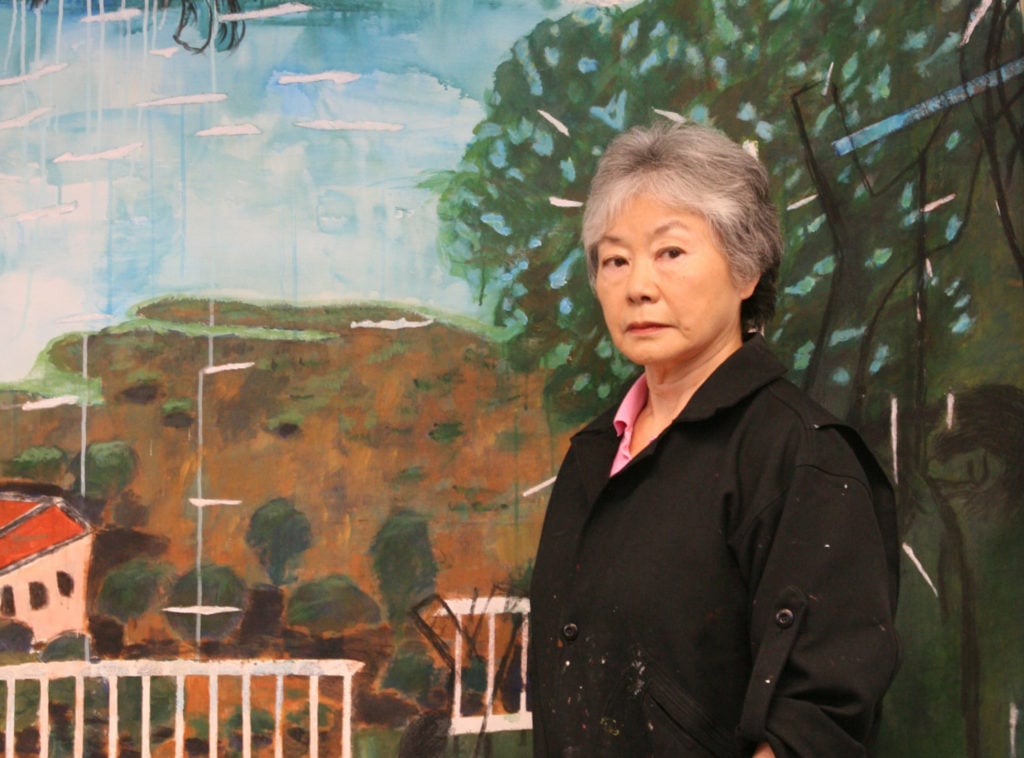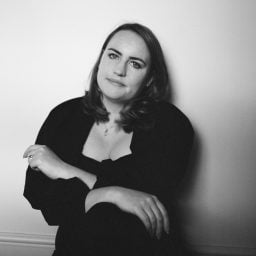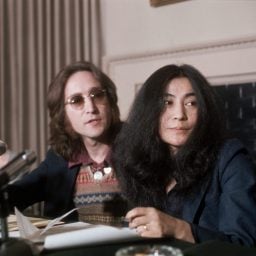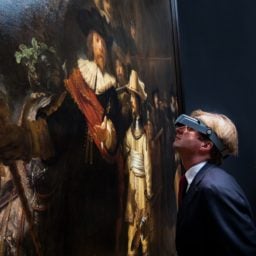This year, the London art scene gets a first. Japanese artist Setsuko Ono will bring her work—sculptures and paintings—to the city for the first time, with solo shows opening at The Daiwa Anglo-Japanese Foundation on Friday, February 16, and at Asia House on March 13.
Ono began painting at a young age and was encouraged by her famous brother-in-law John Lennon to pursue her work as early as 1986. The Washington-based artist, who is Yoko Ono’s younger sister, came to the art world late in her life, only first exhibiting her work after she retired from a 30-year career as an executive at the World Bank, in 2003.
Having earned a formal art education in Washington on the side of her banking career, she debuted at the Eighth Havana Biennial and has since had 14 permanent sculptures installed in public squares, parks, and buildings in Havana, Baltimore, and Japan.
Both the Daiwa Anglo-Japanese Foundation, a center for UK-Japan relations overlooking Regent’s Park, and Asia House, the UK’s center of expertise on Asia, will exhibit her steel sculptures and mixed media paintings. The exhibitions will also include a VR experience of some of her public work installed abroad.
For this edition of “Origin Story,” which explores the backstories of individual works of art, we spoke to Ono about her outdoor sculptures: twisted, three-dimensional steel cut-outs, which complement their natural surroundings.
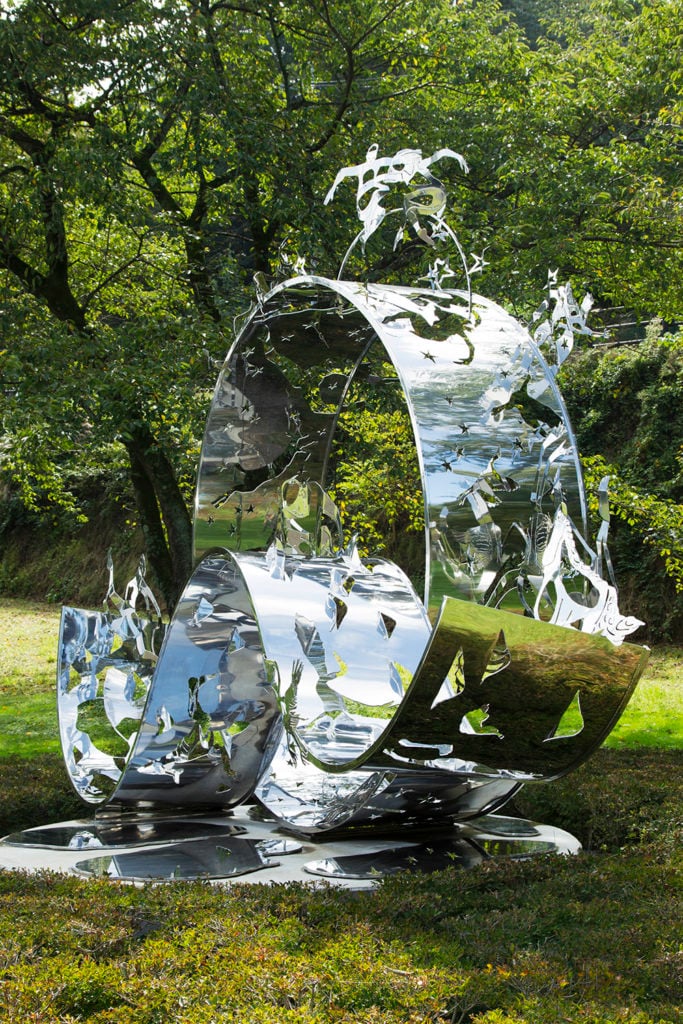
Setsuko Ono’s Dreams (2012). Photo: ©Ken Shimizu.
John Lennon encouraged you to pursue your art, but you have also mentioned being inspired by another arts legend, John Cage. How does Cage influence your creative process, or the work itself? Do you listen to music when you work?
I listened to music sometimes and sometimes not. I like the silence. John Cage’s 4’33” impressed me so much because it was silent. There was a full orchestra on the stage, and no one made a sound. I was sitting in the first row; I heard the audience coughing, shuffling, and that was the music. Thus, my art is silent but most of the time it is moving with the wind, especially my steel sculptures because they are made of very thin steel, dancing in the sun or moonlight.
My belief that art should incorporate real time—so that minimum planning is necessary—came from that experience also. Toshi Ichiyanagi, a Japanese composer, explained to me the philosophy behind the concert.
Long after I started being an artist, in 2017, I realized that I was imbued with John Cage’s philosophy without ever reading about it or listening to his other compositions. This way of creating art is wonderful because you are free to follow the flow of your emotions moment by moment. However, it is also very risky. Each work of art becomes a big gamble. The more you plan ahead and prepare your work, the less the risk that the end product will be a disaster. Most creative work (not only visual arts but scientific discoveries) is irrational, and the end product cannot be planned ahead.
The cut-out technique you use in your sculptures prompts comparisons to Matisse, although he, of course, was in his turn inspired by many examples of non-Western art. Were you influenced by Matisse or any other artists?
I love Matisse, but I was not influenced by him or any other artist consciously. Unconsciously I may have been influenced by many artists. In fact, the cut-out process was compared to Kirie or Kagee, Japanese traditional art, by the president of Hara Museum long after I started to make steel sculptures.
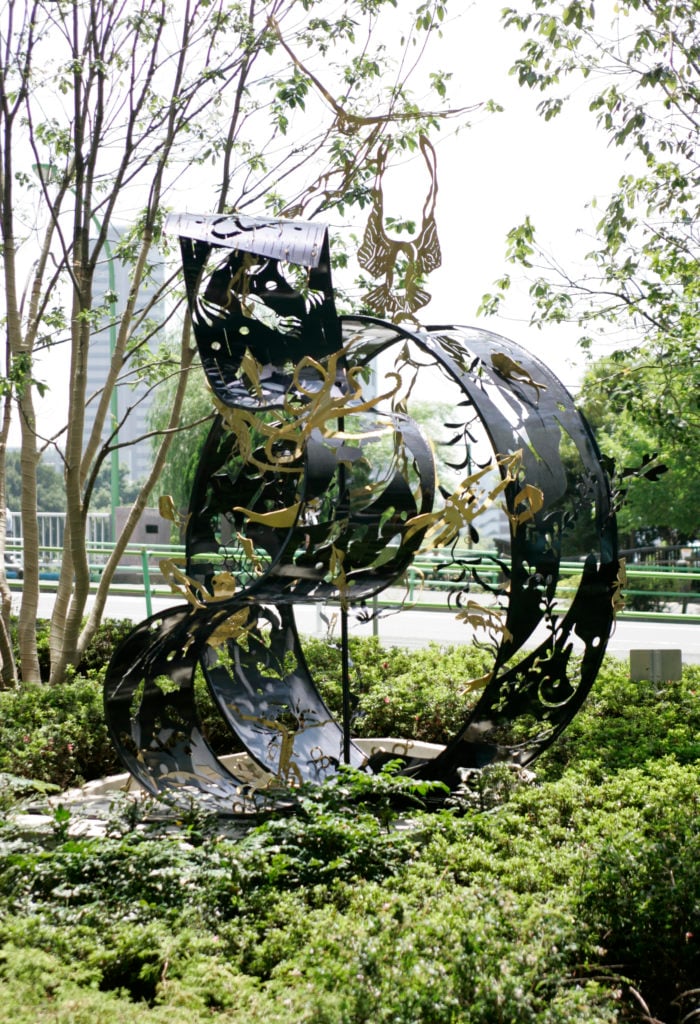
Setsuko Ono’s Ocean (2011). Photo: ©Naoyo Harabusa.
When did you start working with steel?
In 1995. The first pieces were an exploration of the nature, possibilities, and techniques of building with steel. Gradually, I began specializing in steel. I had finally found the material that allowed me to make sculptures that perfectly fit my concept of art.
Steel allows me to minimize my presence and avoid aggressing the space. My sculptures share space with people and their surroundings; they do not carve out space for themselves. They refrain from attacking viewers’ ideas, from imposing their emotions on them or grabbing their attention. On the contrary, steel, as a medium, makes it possible to allow my sculptures to express lightness, delicacy, and movement in a way that stone, wood, bronze, and plastic cannot. It makes it possible to suggest ideas and emotions, to stimulate people to remember the wonder of their life, its warmth, beauty, and joy.
Steel is often used to express weight, strength, and mass—to stand out from the environment. But I use steel so that my sculptures integrate and melt into the surrounding environment. In doing so, they contribute emotionally and visually to expanding the existing space.
I use minimal pieces of steel. The tallest and largest structure so far weighs less than 1,200 pounds. My sculptures are essentially two dimensional, giving the impression of a giant leaf or a petal. However, by undulating and/or juxtaposing them, as leaves or branches do in the wind, I give them movement and three-dimensionality.
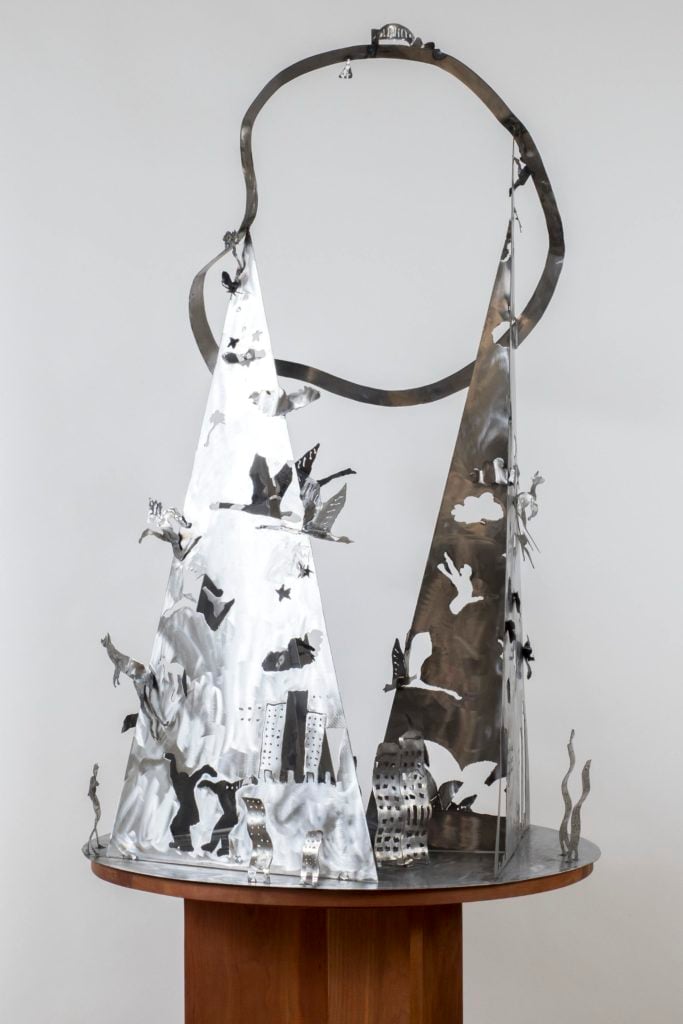
Setsuko Ono’s Acropolis Down Under and Rising Moon (2015). Photo: ©Chan Chao.
Can you tell us a little about your process?
My process of making sculptures is quite special. I do not start with a blueprint or a plan. I start immediately by drawing on a sheet of metal. Then, as I go, cutting, bending and welding, I decide the next steps.
For public sculptures, I provide an overall drawing of what the sculpture will look like. I do not make a detailed construction plan or a blueprint. Unlike most sculptors, I actually go to the mill and supervise the technical experts eight hours a day. As for smaller works, I create as the pieces are formed. The overall design is prepared ahead of the fabrication process, but all other decisions are made on the spot, day-by-day.
Your paintings are more political. Is that more of a recent tendency in your work? Why?
No, it is not a tendency in my art. Some international events infuriate me, and therefore I have to paint them to relieve my anger.
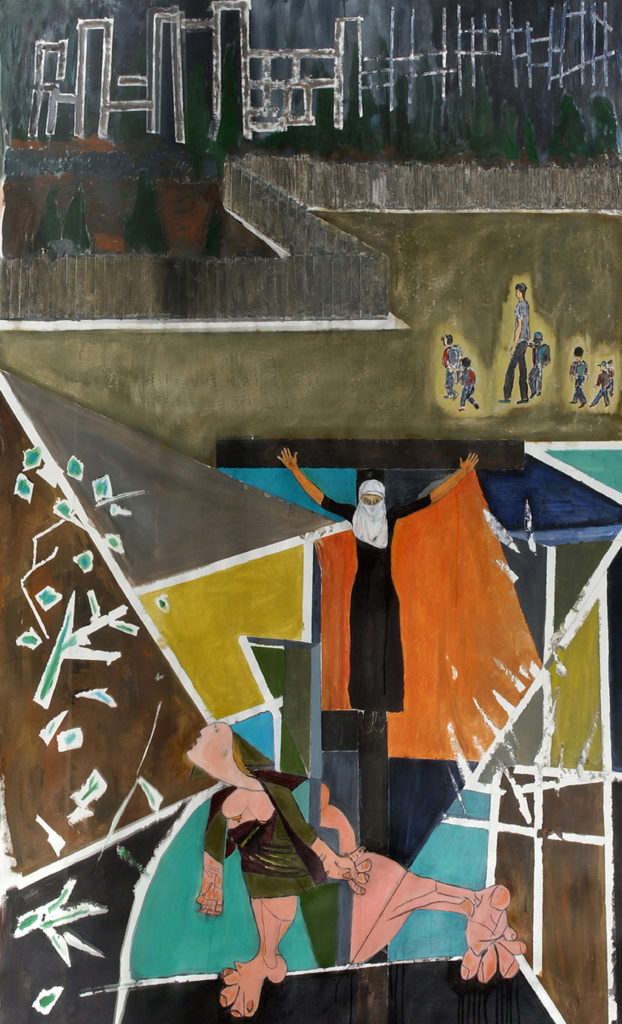
Setsuko Ono’s Resistance to an overwhelming Force Panel: Palestine, (2009). Photo: ©Jean-Pierre Théreau.
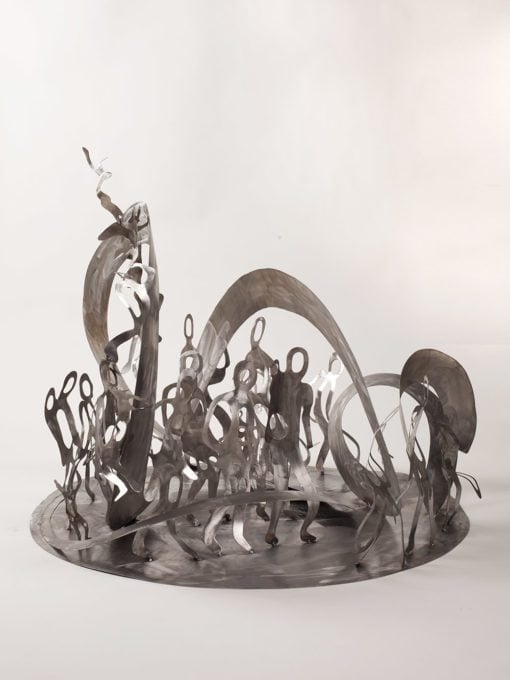
Setsuko Ono’s Migrants (2016). Photo: ©Chan Chao.
Setsuko Ono’s sculptures and paintings will be on view at the Daiwa Japanese-Anglo Foundation February 16 through March 9, and at Asia House March 13 through 24.
